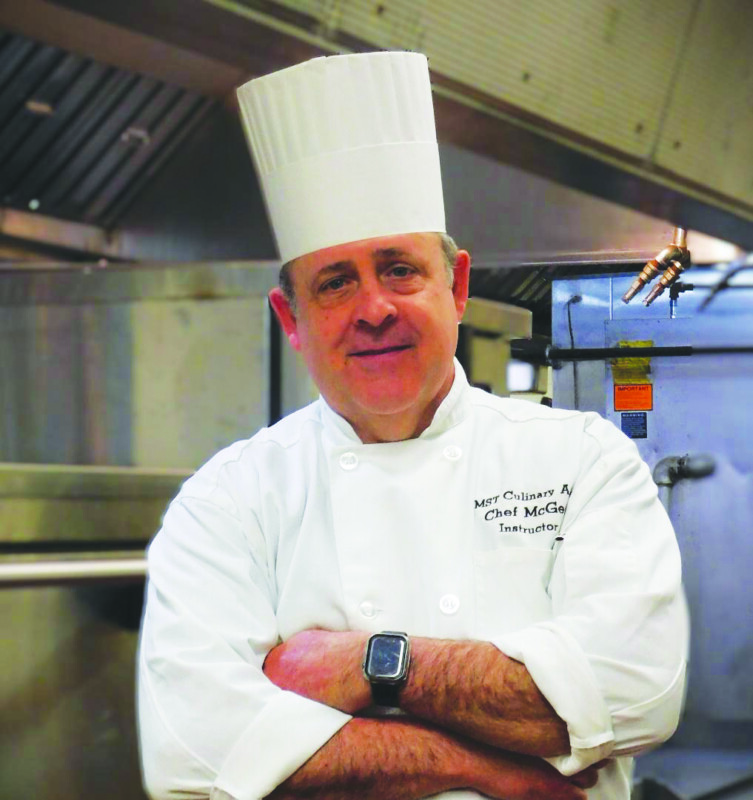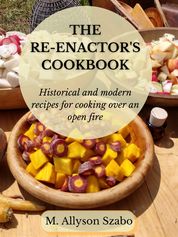CHVE, Kalvarie (Wicked Cool Records)
Meanwhile on Neptune, we have this one from the vocalist of Belgian post-metal collective Amenra, one Colin H. van Eeckhout, who’s into spiritual gobbledegook and weird old instruments. I was informed this EP was influenced by gloom-metal bands like Neurosis, but what I’m hearing is more like Ianai, more of a monk-like chanting trip meant to, as the artiste claims, heal the soul. In other words it’s New Age stuff that aims to be mind-altering, as van Eekhouts jams out his droning, repetitive patterns on a hurdy gurdy and adds various percussions and effects, which meld nicely with his soft, mid-toned voice throughout a single 15-minute track titled “Eternit.” I repeat, this is an EP, so it’s not reliable backgrounding if you’re holding a yoga class, but it’s certainly atmospheric if a bit long. More meditative than anything else, and there’s really nothing metal about it, which is fine by me. A+
Belly, 96 Miles From Bethlehem (Salxco Records)
This Palestinian-Canadian rapper-singer-songwriter presents this new LP, an ode to his homeland, which is, well, having its calamities. Known for his clever, poetic, and powerful lyrics, Belly delivers searing, emotionally charged performances in this one, outcries that explore the feelings he’s experienced while the catastrophe in his homeland has dragged on, seemingly without end. “God watches while the angels weep,” spat over a woozy, siren-like loop is one of the more measured sentiments on board here. The featured guests in attendance are also Palestinian artists, such as Elyanna, Saint Levant, Ibrahim Maalouf and MC Abdul; the production is from DaHeala (The Weeknd) with traditional instrumentalists. To say the least it’s a profound and heartfelt narrative. All profits from this album will go to organizations supporting various Palestinian relief efforts. A+
PLAYLIST
A seriously abridged compendium of recent and future CD releases
• Friday, June 14, will be a special day of albums, isn’t it great to be alive, folks? The first album up for discussion this week is a new one from The Decemberists, titled As It Ever Was, So It Will Be Again, which is very exciting to hear if you like that band, or have a squirrel costume you like wearing to edgy bars full of people dressed in tiger and kitten costumes! Oh well, as they say, to every person their taste, that’s how these things go, like, some people like 1970s music because that’s what they listened to when Millard Fillmore was president, and some people like really bad music because they want to get on my nerves, but some people just like The Decemberists because they’re sort of a cross between Lynyrd Skynyrd (no, people have actually said that) and Crosby Stills Nash & Young except without anything technically complicated going on, for example The Decemberists only know three chords but those notes usually sound pretty good together every time they rearrange them! Oh come on, let’s stop kidding around, I’m just like you and everybody else, like, I only have one Dememberists album that I actually listen to, and in my case it’s Hazards of Love, from the turn of the decade or whenever it was, like only human squirrels know all the words to any Decemberists album, just stop the nonsense, can’t we all just get along? Right, so I haven’t listened to any of this album yet, but I’ll bet the whole thing is available on YouTube for preview, let’s go see, grab your Roblox backpacks and let’s do a rock ’n’ roll music column, whattaya say, gang? Yep, told ya, the whole thing is available for pirating, right there, and it opens with a song called “Oh No!” Well, this is a weird one; it starts out with a mariachi/Ennio Morricone trumpet part, and then it goes into a Roy Orbison (but lively) thing that actually sounds like REM, if you’re old enough to remember bands from the late 1800s. As always it is cool and hip and catchy but not something I will pirate for my drivetime listening pleasure, because as you know I have my required Decemberists album, there is no need for me to experiment further.
• Cola is an art-punk band from Montreal, Canada, so you already know what I’m going to say, like, I am already annoyed that it’ll be too much like every other indie band from Canada and will thus have to censor the first five drafts of this mini-review so that the editors won’t yell at me. But instead of just pretending to listen to it and going to thesaurus.com and looking up synonyms for “offal” and “dross,” I will indeed subject myself to the band’s new album, The Gloss, and its single, “Pallor Tricks,” see what they did there, rock fans? Ack, ack, someone get me my medication, this disgusting mess is like a cross between Blur and Pavement, comprising an angular but badly played guitar line and a fake-drunk pub-rock vocal. Why would someone do this?
• Yikes, look guys, the original debut self-titled album from Monsters of Folk is coming out this week as a deluxe edition! The band is defunct now, because Jim James, M. Ward, Conor Oberst and the dude from Bright Eyes couldn’t fit their egos in the same tour bus, but either way, if you like their loud-jangly-loud sound, this expanded version includes five unreleased studio tracks from 2012, intended for that second album that never happened. OK!
• And lastly we have modern art-poppers Walt Disco, from Scotland, with their new LP, The Warping! The single, “You Make Me Feel So Dumb,” is piano-driven chillout that sounds like mid-career David Bowie if you’re so inclined.






